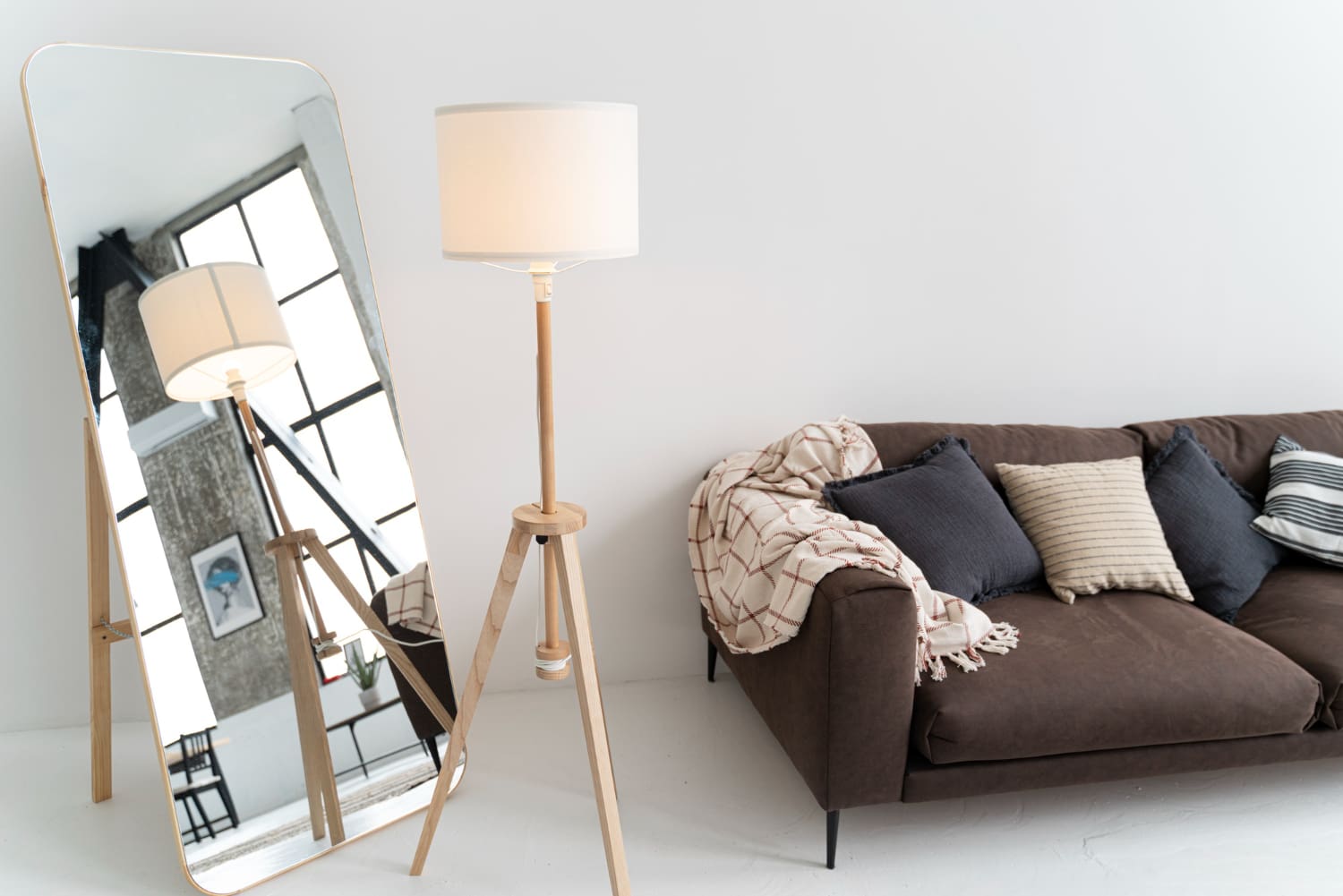Staging your home effectively can make a significant difference when trying to sell in Newcastle’s competitive property market. Home staging is about presenting your home in the best possible light to appeal to potential buyers. This involves a combination of arranging furniture, adding decor, and sometimes making minor renovations to showcase your home’s strengths. One of the key goals of home staging is to create a welcoming atmosphere that helps buyers envision themselves living in the space. This often means decluttering, depersonalising, and making strategic changes to the home’s layout and decor. First impressions matter, so it’s important to address both the interior and exterior of your property.
However, not all staging efforts yield positive results. Knowing which strategies to embrace and which to avoid can save you time, effort, and money. By understanding the do’s and don’ts of home staging, you can navigate the process more effectively. This guide will provide you with essential tips to help you stage your home successfully, making it more attractive to potential buyers and ultimately aiding in a quicker sale.
The Do’s of Home Staging
Create a Welcoming First Impression
The first impression your home makes on potential buyers is crucial. Start with curb appeal by ensuring the front yard is neat, the grass is mowed, and any gardens are well cared for. A fresh coat of paint on the front door and clean, shining windows can make a significant difference. Inside, the entryway should be inviting. A small table with a tasteful arrangement of flowers or a mirror can add a touch of elegance and make the space feel warm and welcoming.
Highlight Key Features of Each Room
Each room in your home has unique features that can be highlighted to attract buyers. In the living room, arrange furniture to highlight the fireplace or large windows. In the kitchen, display any high-end appliances and ensure countertops are clean and clutter-free. For the bedroom, create a serene and restful atmosphere by using crisp, clean linens and minimal accessories. Focus on elements that make each room stand out and stage them in a way that draws attention to these features.
Utilise Neutral Colours and Decor
Neutral colours have a broad appeal and can make spaces feel larger and more inviting. Use soft tones for walls and main pieces of furniture to create a blank canvas that allows potential buyers to envision their own style in the space. Incorporate decor items like throw pillows, rugs, and artwork in complementary but subdued colours. This approach helps create a cohesive and serene environment that can suit various tastes, giving your home a wider appeal.
The Don’ts of Home Staging
Avoid Over-Personalisation
When staging your home, it’s important to avoid over-personalisation. Personal items like family photos, unique collections, or bold artwork can distract potential buyers. They might find it hard to imagine themselves living in the house if it’s filled with someone else’s memories and style. Instead, opt for generic but stylish decor that adds warmth without being too personal. This allows buyers to see the home as a blank slate they can adapt to their own needs and preferences.
Don’t Overcrowd the Space
Overcrowding your space with too much furniture or decor can make rooms look smaller and feel cramped. Less is often more when it comes to home staging. Remove unnecessary pieces of furniture and large items that take up too much space. Aim for a balance where each room feels open and easy to navigate. This not only makes the space look bigger but also helps buyers focus on the features of the home rather than the clutter.
Steer Clear of Trendy, High-Risk Choices
While it might be tempting to incorporate the latest design trends, it’s wise to steer clear of choices that are too trendy or high-risk. These can quickly become outdated and may not appeal to all buyers. Opt for classic and timeless designs that have broad appeal. Simple, elegant decor and neutral palettes are safer bets and can make your home attractive to a larger pool of potential buyers. Sticking to timeless choices ensures that your home remains appealing throughout the selling process.
Cost-Effective Staging Tips
Using Affordable Accessories
Staging your home doesn’t have to break the bank. Affordable accessories can make a big impact. Items like throw pillows, rugs, and candles can add warmth and style to any room without costing much. Look for sales or shop at discount stores to find stylish pieces at a fraction of the cost. Greenery, such as potted plants or flowers, can also breathe life into your home and make it feel more inviting. These small, inexpensive touches can greatly enhance the overall look of your staged home.
DIY Improvements to Boost Appeal
There are many simple DIY improvements that can increase your home’s appeal. A fresh coat of paint on the walls can make rooms look clean and modern. Updating cabinet hardware in the kitchen or bathroom can give these areas a more contemporary feel. Fixing any visible signs of wear and tear, like patching holes or fixing leaky taps, can also make a big difference. These DIY tasks require minimal investment but can significantly boost the attractiveness of your home to potential buyers.
Rental Options for Staging Furniture
If your current furniture doesn’t showcase your home in the best light, consider renting furniture for staging. Rental options allow you to select stylish, cohesive pieces that can elevate the look of your home. This is especially useful if your furniture is outdated or overly personalised. Furniture rental companies often offer packages that include everything you need to create a polished, welcoming environment. The cost is typically much lower than buying new furniture, and it can pay off by helping your home sell faster.
Maintaining Staged Homes During the Selling Process
Keeping It Clean and Tidy
Once your home is staged, maintaining its cleanliness and tidiness is essential. Regularly dust, vacuum, and wipe down surfaces to keep everything looking fresh and inviting. Beds should always be made, and toiletries stored away to maintain a neat appearance. Keep clutter at bay by putting away personal items and ensuring that all rooms remain orderly. This ongoing upkeep ensures that your home is always ready for prospective buyers to view at a moment’s notice.
Handling Showings and Open Houses
Handling showings and open houses effectively is critical. Be prepared to leave the house during these times to allow potential buyers to view the property comfortably. Ensure that all lights are turned on and curtains or blinds are open to let in natural light. Consider setting out a tray with bottled water and a simple info sheet about the home. These small touches can create a pleasant experience for visitors and leave a positive impression.
Seasonal Adjustments and Updates
Adjusting your staging to reflect the current season can make your home more appealing. In the warmer months, use lighter fabrics and fresh flowers to create a breezy feel. In colder months, add cosy textiles like blankets and pillows to make your home feel warm and inviting. Keeping your decor seasonally appropriate shows potential buyers that your home is well cared for and can be enjoyed year-round.
Conclusion
Staging your home effectively is a key step in making it attractive to potential buyers. By following the do’s and avoiding the don’ts, you can create a welcoming, appealing environment that highlights your home’s best features. Cost-effective staging tips help you enhance your space without overspending, and maintaining a staged home ensures it stays in tip-top condition throughout the selling process. Ready to take your home staging to the next level? Get Staged offers customised home staging and styling services tailored to your property’s needs. Contact our home staging company today to make your home stand out and achieve a successful sale.

